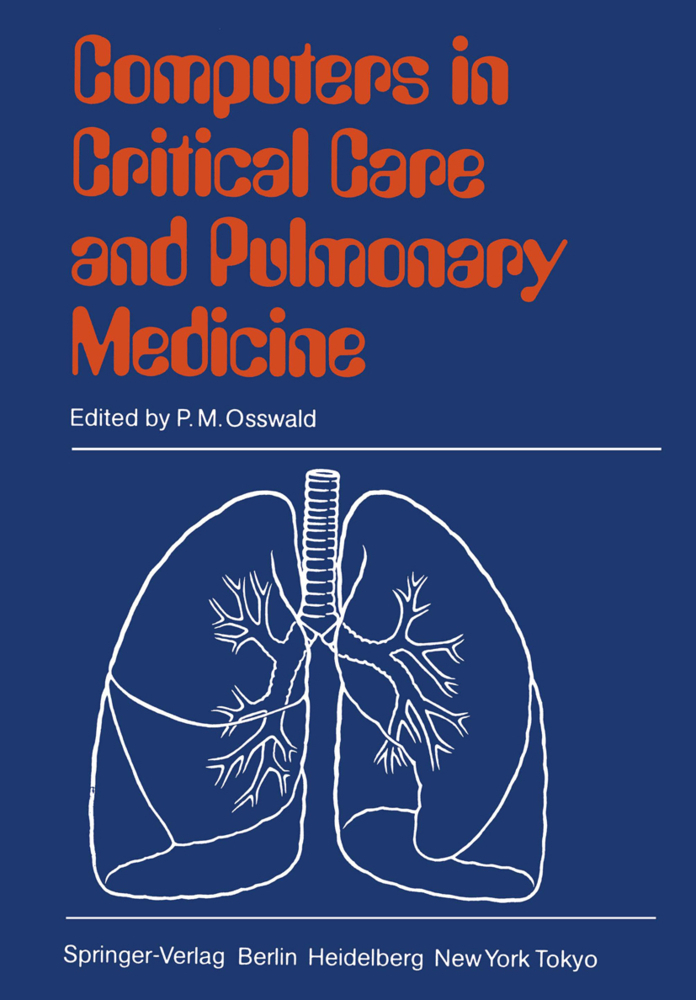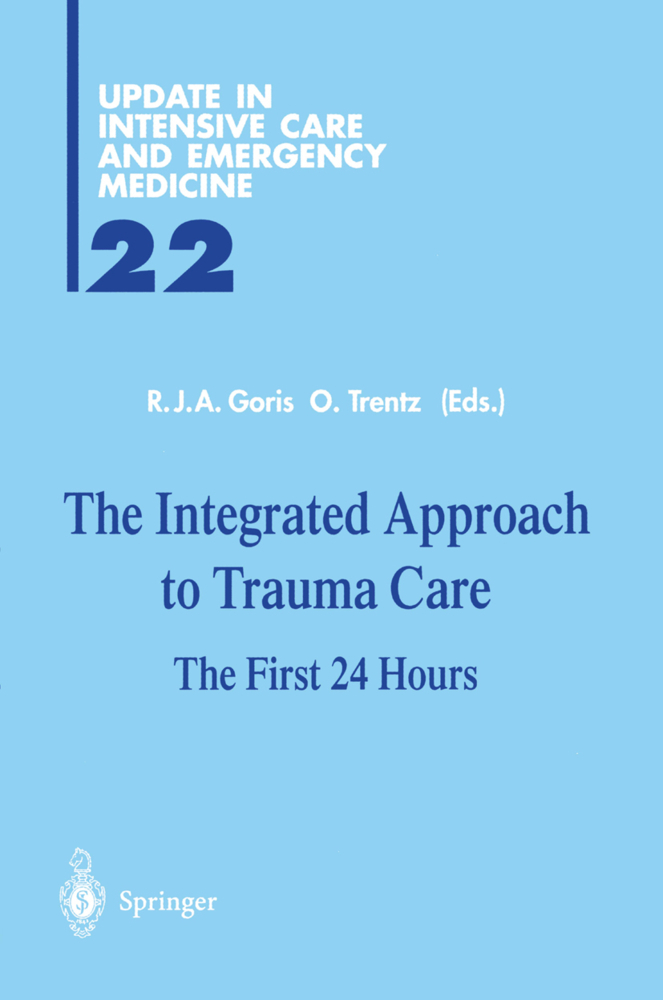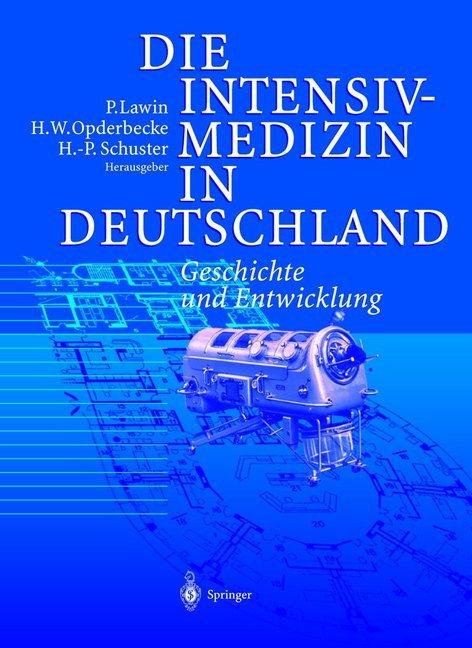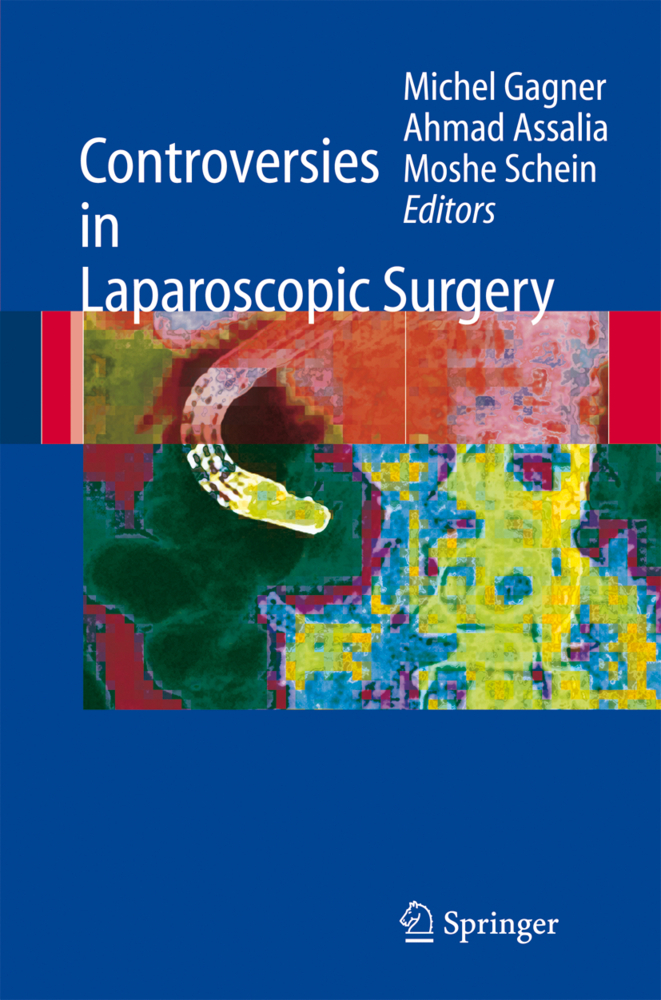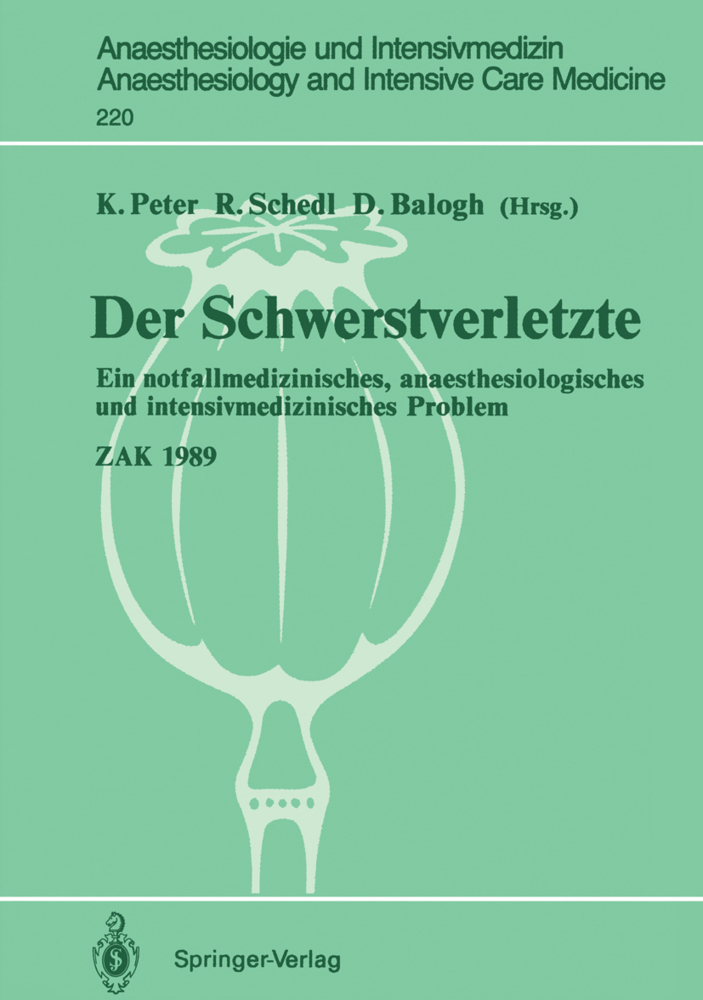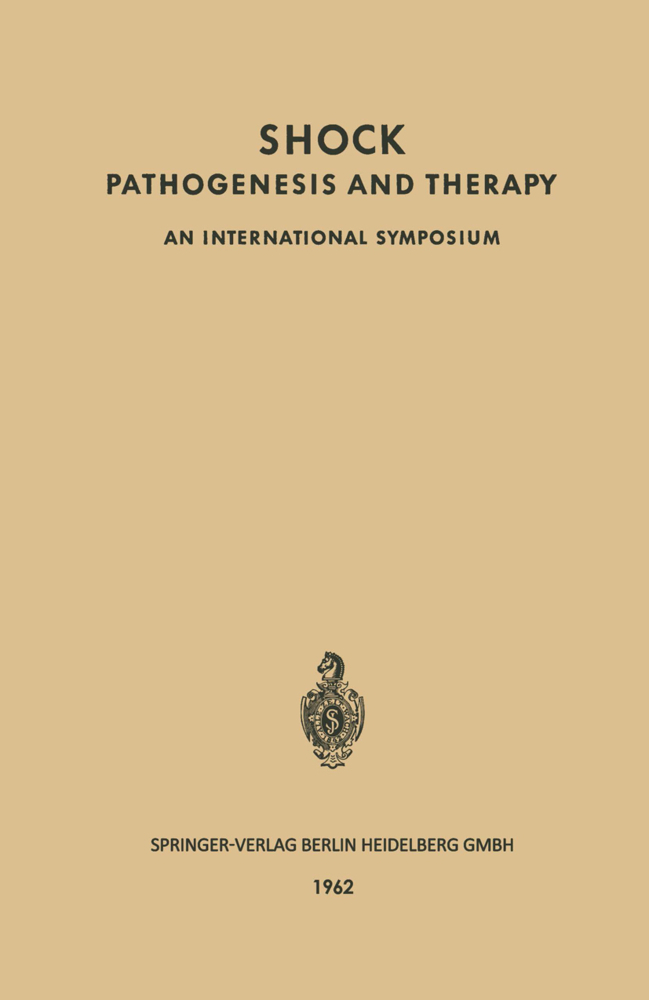Computers in Critical Care and Pulmonary Medicine
Computers in Critical Care and Pulmonary Medicine
The anesthetist-computer interface tends to be a problem for the utilization of computer systems for anesthesia. Ergonomic interface design with an emphasis on the coherency of the interface's static and dynamic structure may improve this situation. To investigate this proposition we developed an Anesthesia Information System (AIS) with a touch-sensitive monitor as the hardware-user interface. Basic data input and system control techniques were defined and implemented. Record keeping is integrated into the user interface. Ventilator control from the same interface is an additional feature for laboratory simulations. The system is being evaluated using a technique that simulates live operations. References Anthony J (1982) BAS - A major change coming in delivery. IEEE EMB 1 (1): 36-42 Apple HP, Schneider AJL, Fadel J (1982) Design and evaluation of a semiautomatic anesthesia record system. Med lnstrum 16 (1): 69-71 Arnell WJ, Schultz DG (1983) Computers in anesthesiology - a look ahead. Med Instrum 17 (6): 393-395 Bender HJ, Osswald PM, Hartung HJ, Lutz H (1983) On line - Erfassung haemodynamischer und respiratorischer GraBen in der Anaesthesie. Anaesth Intensivther Notfallmed 18: 37-40 Cooper JB et al. (1982) A graphics-tablet for data entry in computer assisted recordkeeping Proc.
Organizing and Analyzing Clinical Information Using Table-Based, Graphics-Oriented, Interactive Computer Systems
An Attempt to Solve the "Information Explosion" in an Intensive Care Ward
Towards a Coherent Structure of the Anesthetist - Computer Interface
Effect of Different Ventilation Patterns on the Intracranial Pressure in Neurologic Patients with Mechanical Ventilation
Computer Applications in Pulmonary Function Testing
The Assessment of Gas Exchange by Automated Analysis of O2 and CO2 Alveolar to Arterial Differences: 3 Years-Experience in Respiratory Clinical Physiology
Computers in Experimental Pathophysiological Research
Data Bases in Acute Medicine
Computerized Clinical Records in the Neurosurgical ICU with Self-updating of Some Biological Data
Organization and Analysis of Data from Patients with Trauma and Hemorrhage
Computer Assisted ICU Monitoring
Automatic Signal Analysis and Prediction in Intensive Medical Care
Artifact Processing in a Computerized Intensive Care Unit
Personal Computers for Gas Exchange Measurements in the ICU
Integration of a New Computer HP 9816S in the Pulmonary Calculator System HP 47804S Advantages of Using the Screen for Graphic Presentation of Flow-Volume Curves
Measurement of Oxygen Uptake with a New Method
A Microcomputerassisted System for the Monitoring of Cardiorespiratory Variables in the Critically Ill
Selective Lung Ventilation
Automated Anesthetic Record Keeping
Computer Aided Methods to Predict Perioperative Risks
New Tasks for Medical Informatics?
Artificial Intelligence: the Expert Systems Approach to Medical Consultation
Expert ConsultationSystems in Medicine
The Importance of Using a Computer to Provide Pediatric Anesthesia and Emergency Drug Information and Treatment Regimens in the Clinical Setting
Computer Systems in Artificial Ventilations (New Techniques)
Series Dead Space Volume Assessed as the Mean Value of a Distribution Function
Evaluation of Indices for Respiratory Mechanics from an Automated System
Mathematical Modelling for Prediction of Optimal Ventilator Settings
Indications for the Application of Closed Loop Systems in Perioperative Medicine
Glucose-Insulin-Potassium Therapy Guided by a Glucose-Controlled Insulin Infusion System in Acute Myocardial Infarction
Changes in Monitoring Methods Caused by the Use of Intelligent Bedside Equipment
Automated Arrhythmia Detection in Intensive Care
Monitoring Intracranial Pressure - Nuisance to, or Advantages for, Ward Personnel
Computerized Neuromonitoring
Computer-Assisted Monitoring of Intracranial Pressure in Stroke
Microprocessor-Controlled Registration and Evaluation of Respiratory Pressure-Volume Diagrams in ICUs
NAPROS - A semiautomatic and easy to use anaesthetic record system
A Real Time Pattern Recognition Program for Continuous Processing of Cardiovascular Biosignals
Microcomputer-Assisted ICP Monitoring in Neurological Patients.
Application of Computer Systems in Critical Care
On-line Cardiovascular Applications of Microcomputers in Intensive CareOrganizing and Analyzing Clinical Information Using Table-Based, Graphics-Oriented, Interactive Computer Systems
An Attempt to Solve the "Information Explosion" in an Intensive Care Ward
Towards a Coherent Structure of the Anesthetist - Computer Interface
Effect of Different Ventilation Patterns on the Intracranial Pressure in Neurologic Patients with Mechanical Ventilation
Computer Applications in Pulmonary Function Testing
The Assessment of Gas Exchange by Automated Analysis of O2 and CO2 Alveolar to Arterial Differences: 3 Years-Experience in Respiratory Clinical Physiology
Computers in Experimental Pathophysiological Research
Data Bases in Acute Medicine
Computerized Clinical Records in the Neurosurgical ICU with Self-updating of Some Biological Data
Organization and Analysis of Data from Patients with Trauma and Hemorrhage
Computer Assisted ICU Monitoring
Automatic Signal Analysis and Prediction in Intensive Medical Care
Artifact Processing in a Computerized Intensive Care Unit
Personal Computers for Gas Exchange Measurements in the ICU
Integration of a New Computer HP 9816S in the Pulmonary Calculator System HP 47804S Advantages of Using the Screen for Graphic Presentation of Flow-Volume Curves
Measurement of Oxygen Uptake with a New Method
A Microcomputerassisted System for the Monitoring of Cardiorespiratory Variables in the Critically Ill
Selective Lung Ventilation
Automated Anesthetic Record Keeping
Computer Aided Methods to Predict Perioperative Risks
New Tasks for Medical Informatics?
Artificial Intelligence: the Expert Systems Approach to Medical Consultation
Expert ConsultationSystems in Medicine
The Importance of Using a Computer to Provide Pediatric Anesthesia and Emergency Drug Information and Treatment Regimens in the Clinical Setting
Computer Systems in Artificial Ventilations (New Techniques)
Series Dead Space Volume Assessed as the Mean Value of a Distribution Function
Evaluation of Indices for Respiratory Mechanics from an Automated System
Mathematical Modelling for Prediction of Optimal Ventilator Settings
Indications for the Application of Closed Loop Systems in Perioperative Medicine
Glucose-Insulin-Potassium Therapy Guided by a Glucose-Controlled Insulin Infusion System in Acute Myocardial Infarction
Changes in Monitoring Methods Caused by the Use of Intelligent Bedside Equipment
Automated Arrhythmia Detection in Intensive Care
Monitoring Intracranial Pressure - Nuisance to, or Advantages for, Ward Personnel
Computerized Neuromonitoring
Computer-Assisted Monitoring of Intracranial Pressure in Stroke
Microprocessor-Controlled Registration and Evaluation of Respiratory Pressure-Volume Diagrams in ICUs
NAPROS - A semiautomatic and easy to use anaesthetic record system
A Real Time Pattern Recognition Program for Continuous Processing of Cardiovascular Biosignals
Microcomputer-Assisted ICP Monitoring in Neurological Patients.
Osswald, Peter M.
| ISBN | 978-3-540-13840-2 |
|---|---|
| Artikelnummer | 9783540138402 |
| Medientyp | Buch |
| Copyrightjahr | 1985 |
| Verlag | Springer, Berlin |
| Umfang | XV, 340 Seiten |
| Abbildungen | XV, 340 p. 49 illus. |
| Sprache | Englisch |

